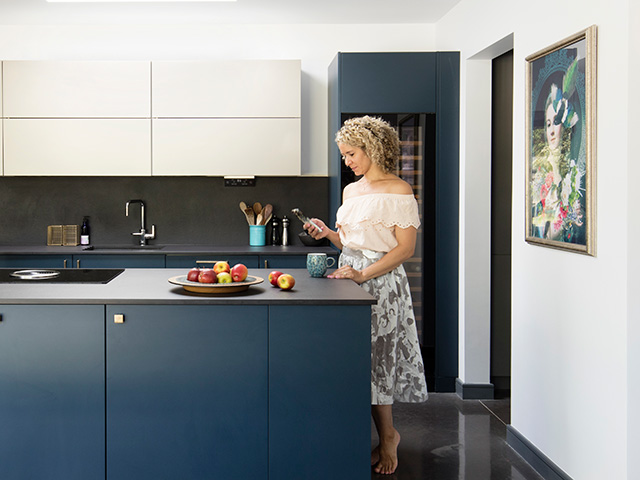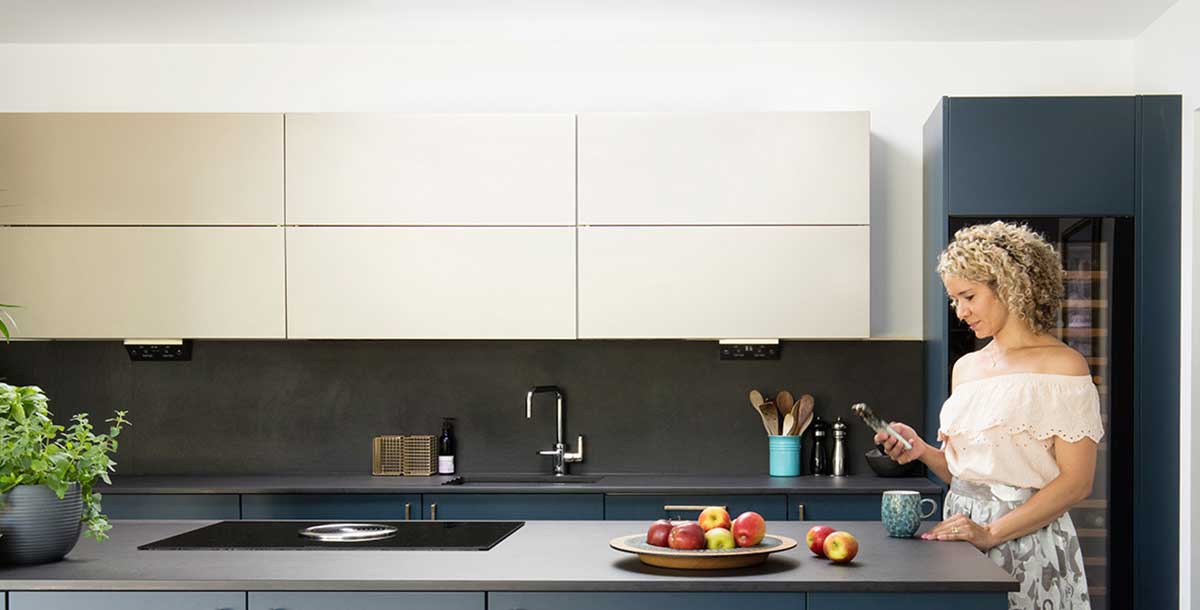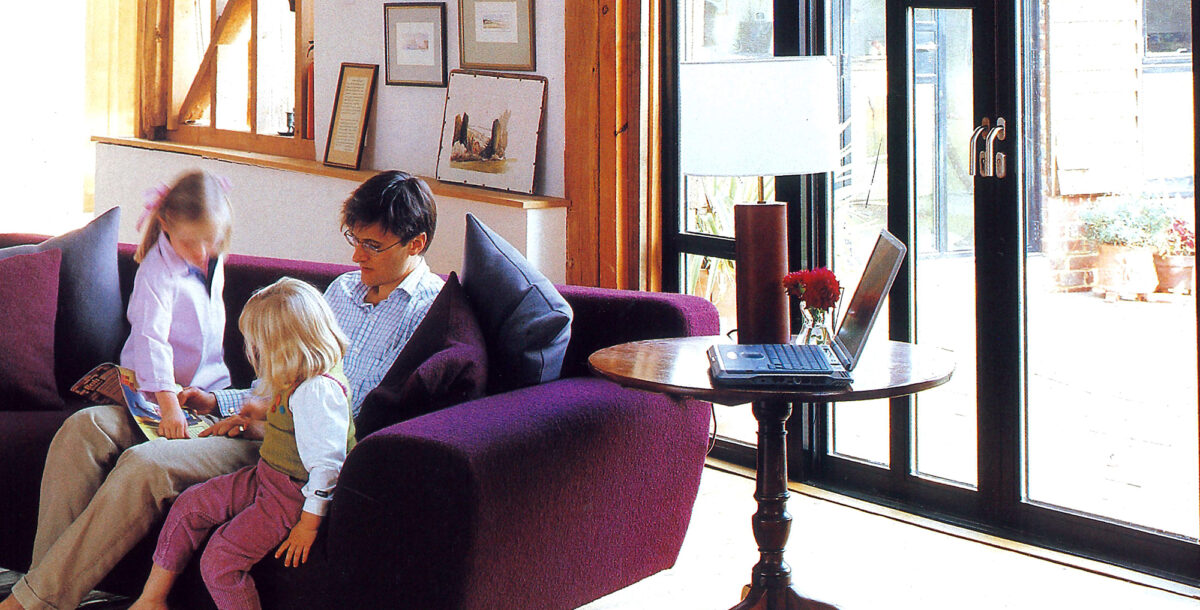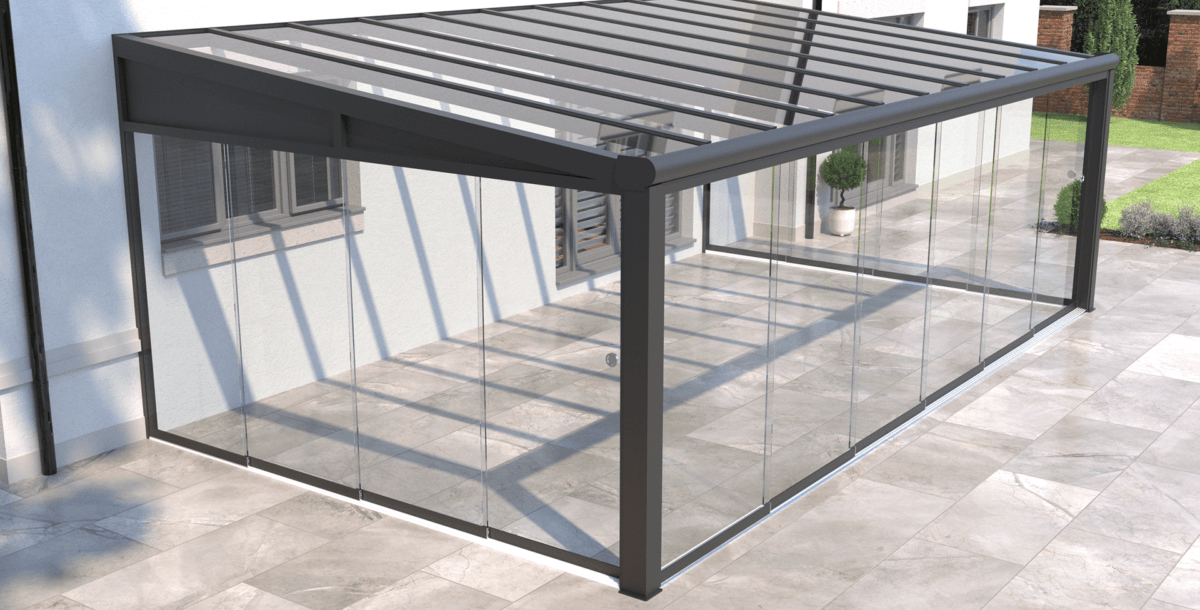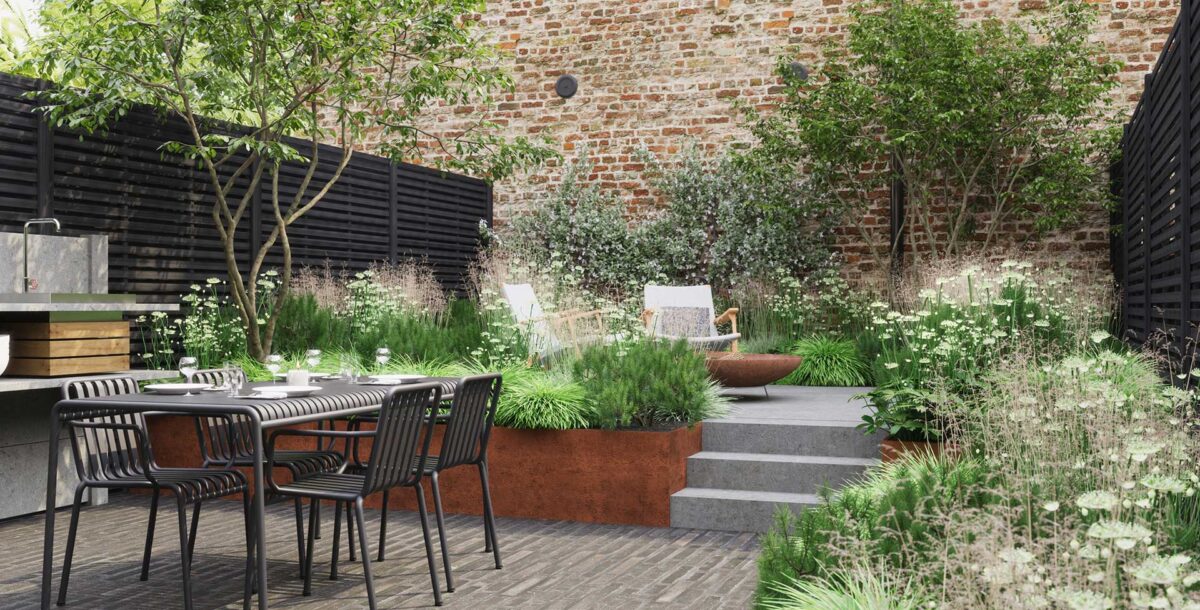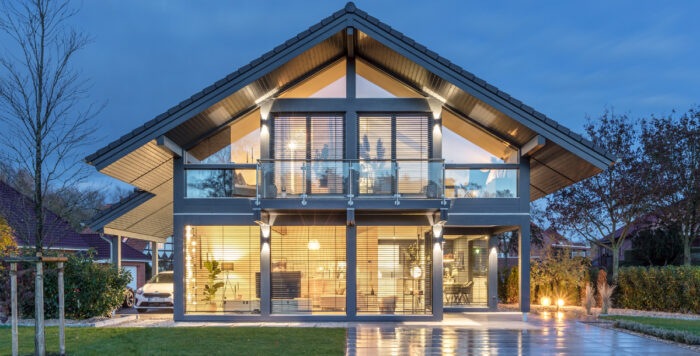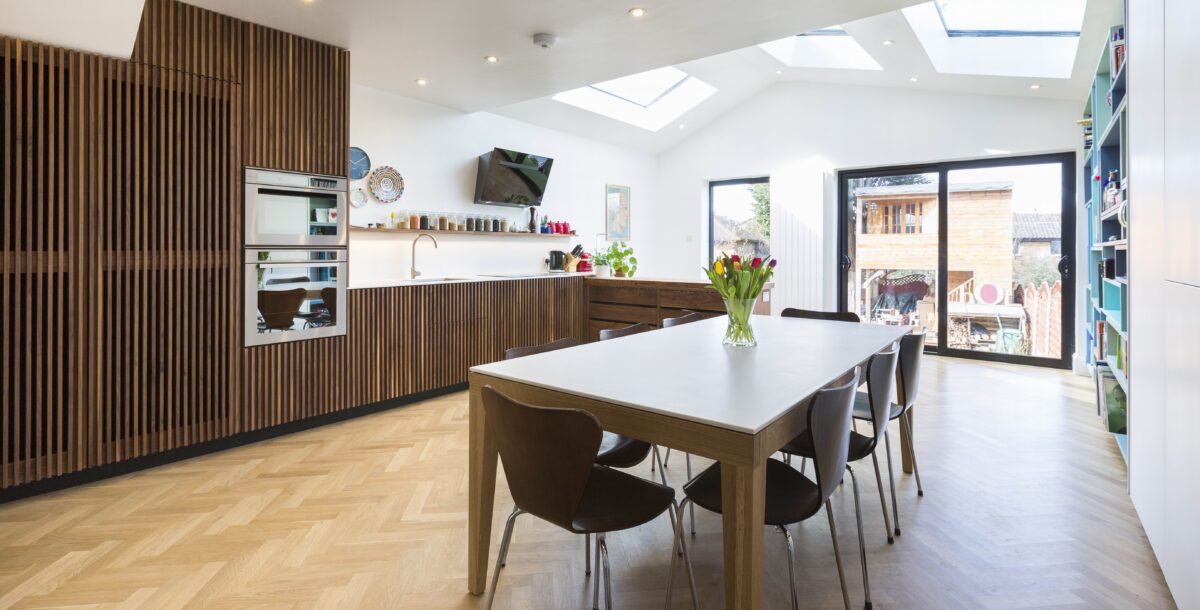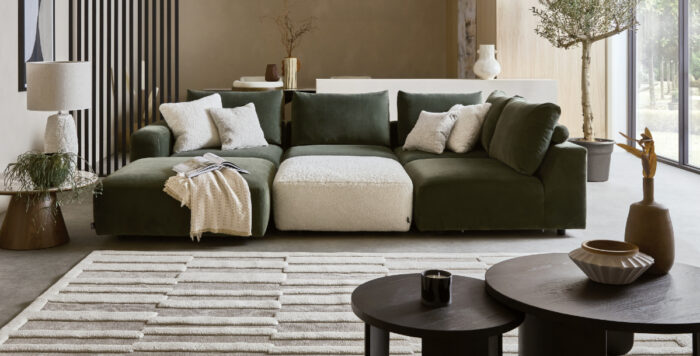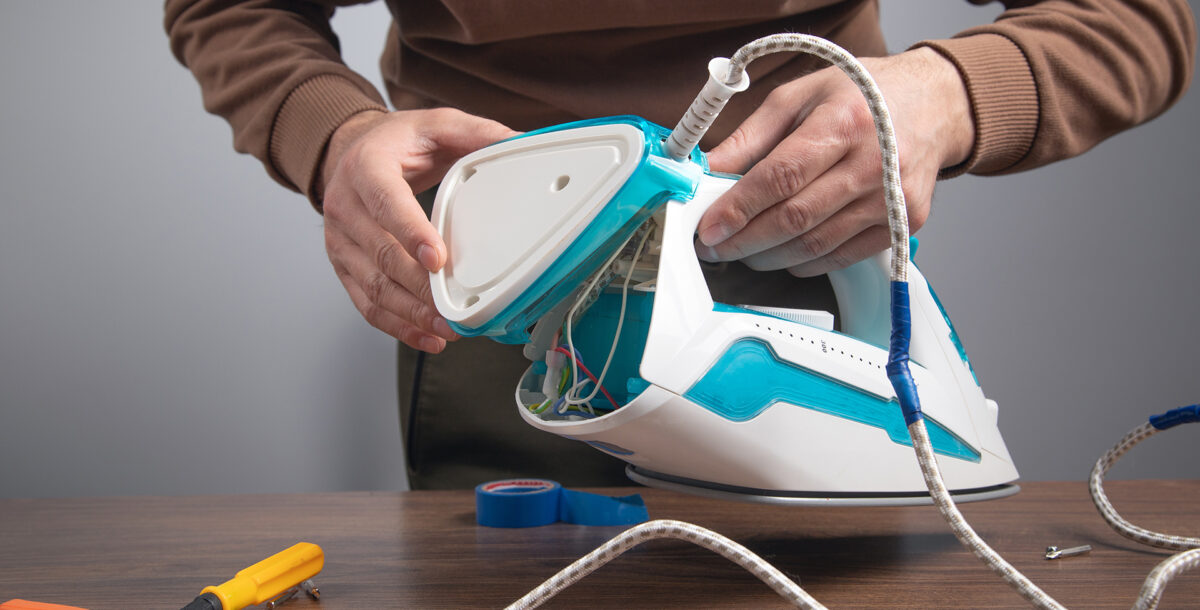Artful planning
If you are building from the ground up, think about the walls and areas that art would most suit.
We will plan where our radiators, light switches, furniture and even TV will go but forget to think about where to place art which we and our visitors will observe as much if not more than the TV. Talking of radiators, if you have not opted for underfloor heating, consider your radiator placement alongside your artwork planning to try and position radiators away from key artwork walls.
If you have a particular room or large space where access is an issue, consider a canvas painting that can be stretched on site or installing a diptych or triptych (two or three canvases hung together to create one single piece of artwork) that can be transported in sections to fit through smaller openings but provide a big impact.
The experience
Art buying and collecting is and should be a fun experience that you are reminded of each time you see the pieces of artwork. You don’t need to be an expert to collect and enjoy art. Art is so very subjective and the meaning of your art collection will be very personal to you. Just remember that the secret rule amongst gallerists is that once you own 5 or more artworks, you are officially considered a collector and to carry that with you as you search for your new art.
Research is important but if you are buying from a reputable gallery, you can be confident that trusting your instinct is safe as they will be able to answer all your questions and offer you personal suggestions to suit your requirements and spaces. When you purchase from a gallery you benefit not only the artists you collect from, allowing them to go on to make further works, but also all the artists supported by the gallery. The art buying process doesn’t end once you hang or install your artwork. By following the gallery and their artists on social media and signing up to newsletters will allow you to stay connected and share further in their journey as you support their careers.
Curate your walls (before you build them)
Art can so often be an oversight in our home building or renovations. However, by making it an integrated aspect of your planning, it doesn’t have to be a last minute or the element of your project that you leave until ‘The End’. Art will bring you as much pleasure and satisfaction as the other carefully considered details of your home. This is your opportunity to not only consider your paint colour and wallpaper but equally what and where you will display your artwork.
This applies equally to both your existing pieces and those you plan to collect in the future. Consider areas you will view from other rooms and spaces you may view from different direction. Don’t forget about the most travelled part of your house that you see from the most angles – your hall and stairwell.
Spotlight
Plan your lighting to ensure your art is a focal point throughout the day. Lighting can truly make or break a space and the same is true for your artwork. Whilst remodelling you have the opportunity to place LED spotlights that can be angelled 30-45 degrees (don’t worry about using a fancy gadget to work this out and trust your eye) or you can ask your electrician to install lighting that ‘washes’ the wall. This allows you to light effectively, a larger less, defined area. You can choose non-reflective glass for artworks that may receive glare.
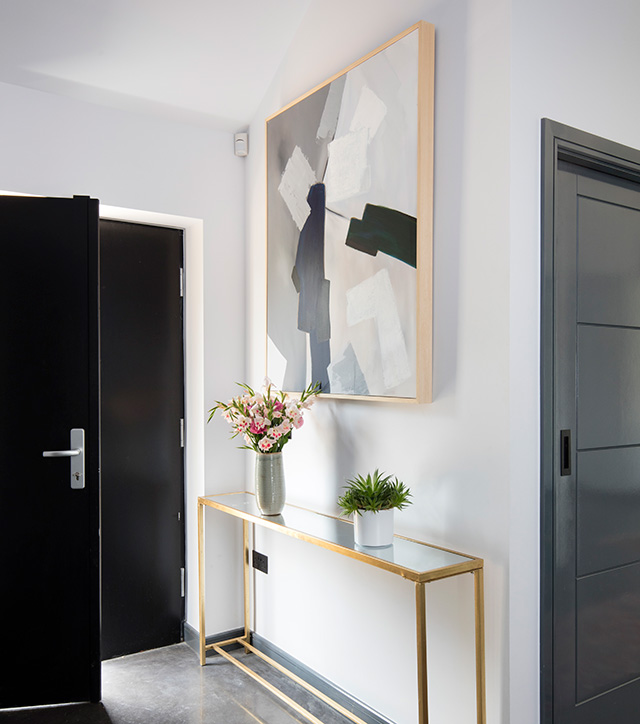
Image: David Giles
Sunny spots
If you are concerned about hanging artwork in areas that receive a lot of sunlight (which by coincidence tend to be the areas we spend most time in during the daylight hours) it is worth noting that most contemporary artworks, which have been created in the last 10 years, will have a level of UV protection. However, if you are concerned, your artwork is delicate or perhaps more than 10 years old, you can use a UV glass to protect it or speak to your local gallery to ask if a UV protection can be applied.
Find your niche
If you are building new walls or creating spaces from scratch, you have the luxury of being able to create alcoves in walls for displaying sculptures or niches to set paintings in to create surprise and to frame your artwork in a unique wayThese can be floor to ceiling or set into walls. This is particularly effective for sculptures or for displaying installation art or design pieces such as ceramics or glassware which can be wall mounted.
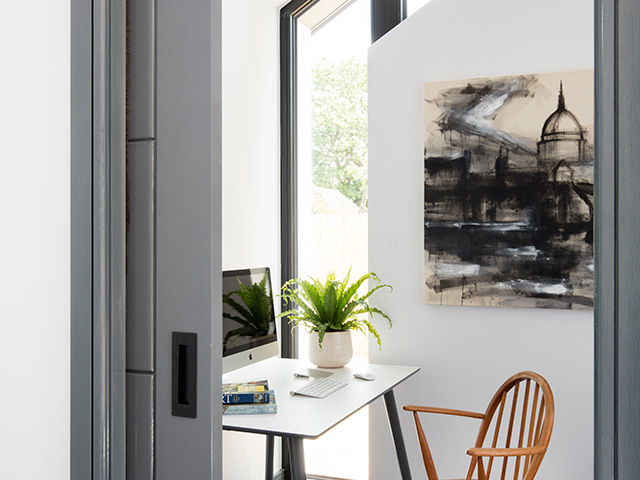
Image: David Giles
Out with the old…
You may feel that your existing art collection won’t suit your new, contemporary home but often simply reframing artworks can bring them in line with your new interiors. Art collections can hold many memories so do think twice before sending pieces to the attic or auction house. This is also your chance to use UV and anti glare protected glass.
En plein air
Often clients tell us they have run out of wall space or places to display art until they remember their gardens! Art can go inside and out. Sculpture set amongst your garden beds, against or on a wall or placed on a plinth ( or wall) to transform the feel of your landscaped areas. A mirror, carefully placed behind or under a sculptural piece, can provide intrigue both inside and out.
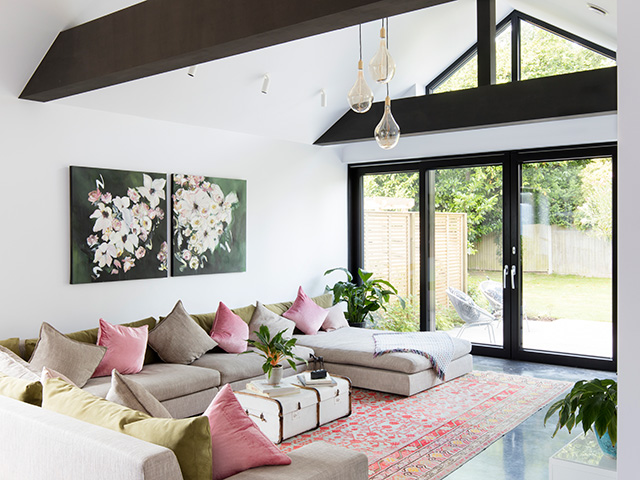
Image: David Giles
Agree or disagree
Artwork should evoke for you feelings and emotions personal and special to you and your family. Often couples and families find it hard to agree on artwork choices and end up putting off or not making a decision. However we encourage our clients to explain to each other what they like and admire in a particular piece and or the artist who created it as often this alters the other’s opinion.
A truly inclusive compromise is to commission a piece of artwork together. You may feel concerned about embarking on the process of commissioning however, the research and skills you have employed in creating your new home have equipped you with all the confidence you need. This is one of my favorite parts of my work as you truly go on a journey with the commissioner and artist and as a result, the final piece takes on an extra special meaning.
The art of money
Investing in a feature piece for your main wall is a bold but sensible place to start your art buying. If your budget won’t quite stretch to a work that will make an impact, we suggest buying a smaller work that you can frame up with a large mount which can add up to 30cm to each side.
It is important to would be art buyers know that art can and should be affordable to you. Take your time and invest in pieces you feel you connect with both the artist and gallery you are buying from be that online or offline. Many galleries offer payment in installments (Own Art is a scheme offered by many galleries that provides interest free loans over 10 months).
Art prices can be difficult to understand but the basic rule is that you are paying for the time spent making the artwork, the materials, the marketing of the artists and artwork and to ensure the artist can make new pieces with the proceeds from the sale. The internet means it is easier than it has ever been to check the prices of the pieces you are buying.
From Grand Designs TV Houses to the best advice for turning your self-build project into a home, read Grand Designs magazine digitally for free now by registering your details.
RELATED ARTICLES
